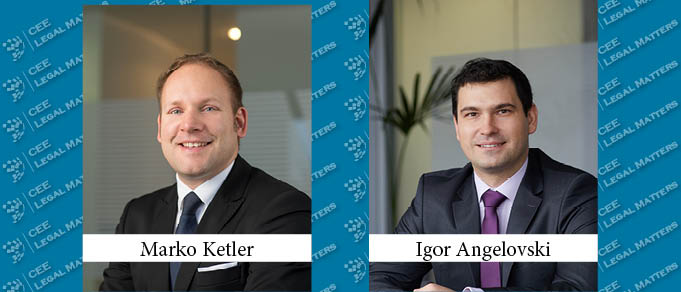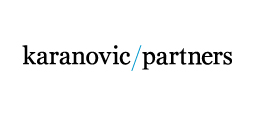The significance of medical devices is most certainly on the rise, considering not only its importance to patients, for whom medical devices represent life enhancing products, but also developments in innovation, economics, and in the regulatory and legal sphere. Issues such as data privacy in the field of medical devices were not noticeable until connectivity became a trend in medical devices and the GDPR was adopted. Similarly, the possibility of a cyber-attack on a medical device connected to the Internet became a possibility. Even though the question of product liability has always been present, recent decisions by the European Court of Justice provided new interpretations of existing legal terms and, importantly, introduced product batch liability.
The most recent development which will have a strong impact on the Slovenian and the EU markets in the years to come is the adoption of Regulation (EU) 2017/745 on Medical Devices (the MDR) that entered into force on May 25, 2017 and will become effective shortly. By May 26, 2020, manufacturers, authorized representatives, importers, and distributors of medical devices will have to meet strict new requirements imposed by the MDR and involve the so-called “notified bodies” in the approval process.
The European Commission’s aim in proposing the MDR was to ensure “a consistently high level of health and safety protection” when using medical devices, but also to provide for their free and fair trade throughout the EU. Medical devices account for EUR 110 billion in sales and 675,000 jobs in the EU, which is a net exporter in the sector. The MDR is also expected to have a significant impact on the market for medical devices in Slovenia, as the medical devices sector, along with medicine and cosmetics, accounted for EUR 1.3 billion in (retail) sales in 2018, a 31.1% rise in sales over 2017 – the greatest jump of any sector.
Key Changes
The MDR brought several significant changes, including broadening the definition of medical devices (to include those medical devices not intended for a medical purpose), establishing and implementing a comprehensive EU database on medical devices and a Unique Device Identification (UDI) mechanism aimed at improved transparency, and requiring device manufacturers to reclassify medical devices according to their risk, contact duration, and invasiveness. The MDR also requires device manufacturers to identify a qualified person responsible for compliance with the MDR’s requirements and imposes stringent post-market surveillance authority by the notified bodies. Substantially, the MDR generally allows for no “grandfathering,” meaning that every medical device available on the EU market must comply with the MDR by its date of application.
The most significant changes relate to the renewed conformity assessment procedure, which is becoming more complex due to an enhanced scrutiny mechanism. Manufacturers will be required to provide relevant clinical studies and a scientific appraisal will be carried out by a panel of experts, which will issue a declaration of conformity following positive decisions. Corrective actions may also be requested. A negative decision may lead to restriction or even prohibition. Considering that the potential grounds for liability have been expanded, additional internal reviews of procedures as well as the possibility of insurance should be considered.
MDR Implementation in Slovenia
Due to the direct applicability of regulations, no specific implementation measures are required. Nevertheless, the Decree on the Implementation of the MDR was adopted in Slovenia, empowering the Agency for Medicinal Products and Medical Devices of the Republic of Slovenia to implement certain aspects of the MDR that will be relevant for notified bodies in Slovenia as well.
By Marko Ketler, Attorney at Law, and Igor Angelovski, Attorney at Law
This Article was originally published in Issue 6.11 of the CEE Legal Matters Magazine. If you would like to receive a hard copy of the magazine, you can subscribe here.



